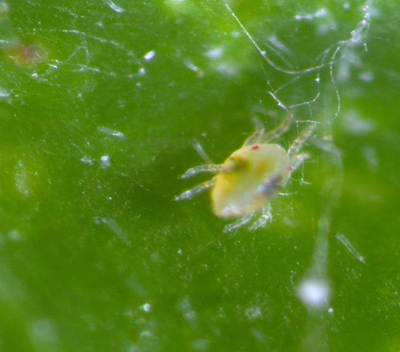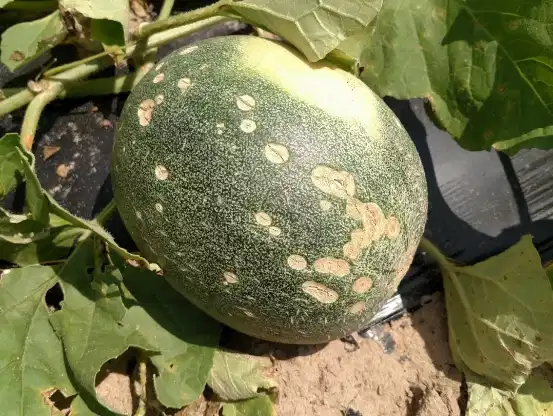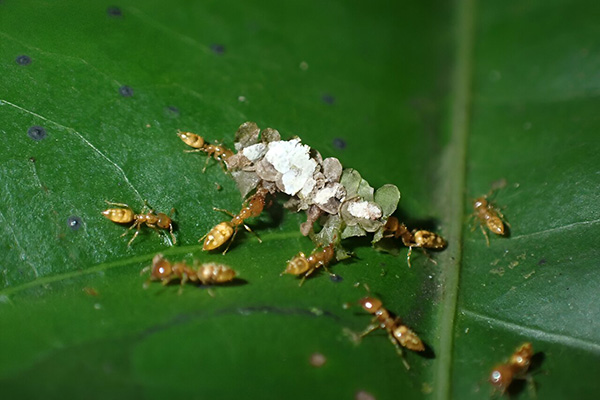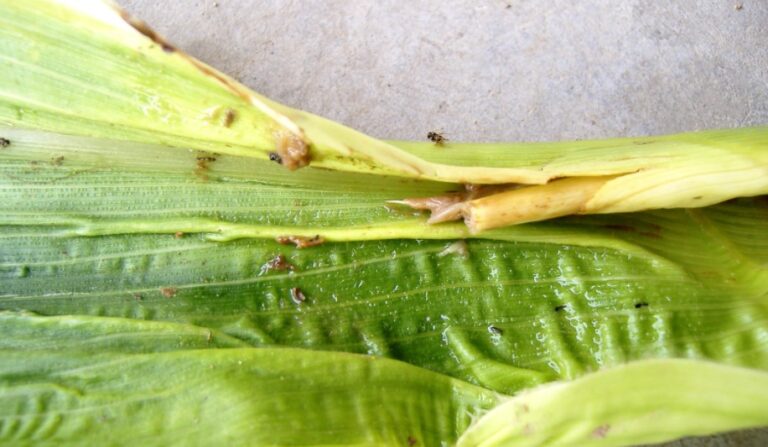Rice planthoppers are a significant pest affecting rice crops, and timely control is essential for protecting yields. The ideal time for control is during the early nymph stages. For effective chemical control, it is recommended to treat the fields when the pest density reaches 1000 insects per hundred clumps during the tillering stage or 500 insects per hundred clumps during the panicle stage.
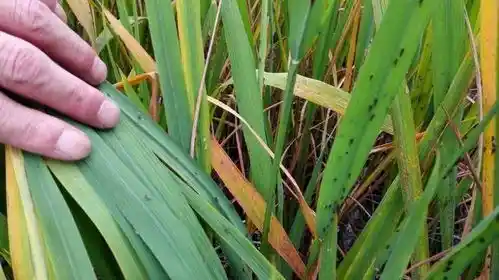
Comprehensive Control Measures for Rice Planthoppers
- Agricultural Control:
- Enhance field management practices.
- Apply nitrogen, phosphorus, and potassium fertilizers in a balanced and scientific manner.
- Focus on applying a substantial base fertilizer, followed by early additional fertilization.
- Implement scientific water and fertilizer management to prevent excessive vegetative growth.
- Biological Control:
- Introduce frogs and ducks into the rice fields.
- Protect and utilize natural predators such as spiders and mirid bugs (Cyrtorhinus lividipennis).
- Use frequency-vibration insecticidal lamps to effectively control the population of rice planthoppers.
- Chemical Control:
- Use high-efficiency, safe, and targeted pesticides.
- Apply chemicals during the early nymph stages (first and second instar nymphs) for maximum effectiveness.
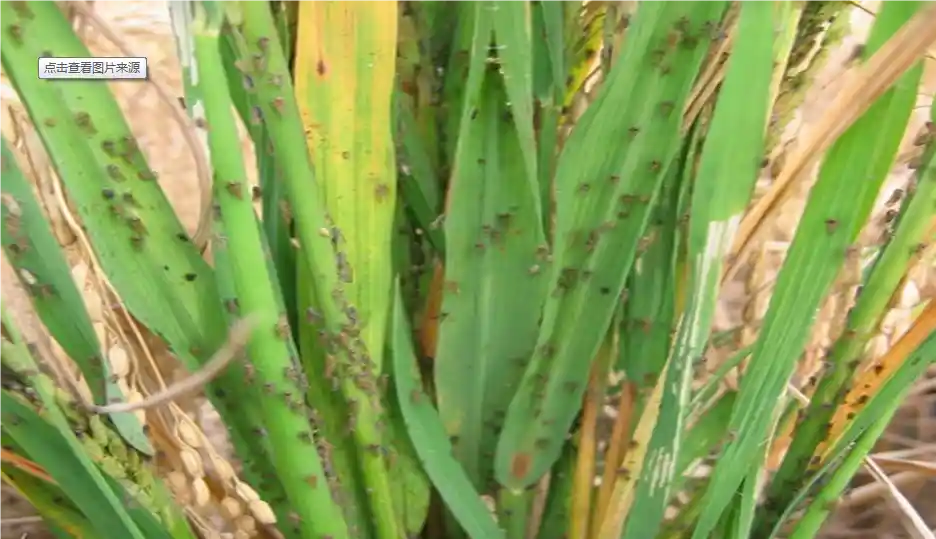
Important Considerations for Chemical Control
- Focus on spraying the base of the rice clumps, where rice planthoppers tend to congregate.
- Maintain a certain water level in the fields during spraying to enhance the effectiveness of the treatment.
Recommended Chemical Pesticides
The following pesticides are recommended for controlling rice planthoppers:
Safe and Rational Use of Pesticides
- Read Instructions Carefully:
- Before using any pesticide, read the instructions thoroughly or consult with a plant protection technician.
- Follow the “Pesticide Safety Use Standards” and “Pesticide Safety Use Regulations” strictly.
- Proper Mixing and Application:
- Use the specified dosage and appropriate containers for mixing.
- Wear protective gear such as masks, gloves, and protective clothing while mixing and applying pesticides.
- Mix the pesticides away from drinking water sources and residential areas. Dispose of empty containers by burning or burying them deeply.
- Equipment Maintenance:
- Do not use damaged or leaking sprayers.
- Check switches, joints, and spray nozzles for tightness before spraying.
- If clogging occurs during spraying, clean with water instead of blowing or sucking the nozzle or filter with your mouth.
- Safe Spraying Practices:
- Avoid spraying against the wind and do not spray simultaneously from opposite directions.
- Stop spraying during strong winds or high temperatures at noon.
- Do not overfill the spray tank beyond the specified water level.
By following these guidelines, farmers can effectively manage and control rice planthoppers, ensuring the health and productivity of their rice crops while maintaining safety and environmental standards.

